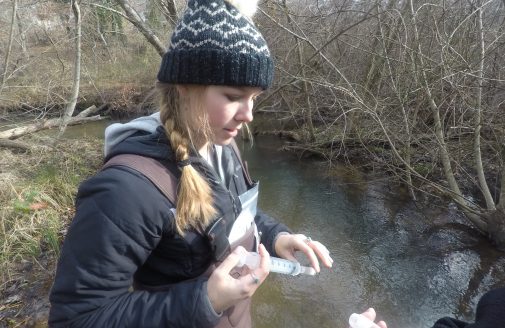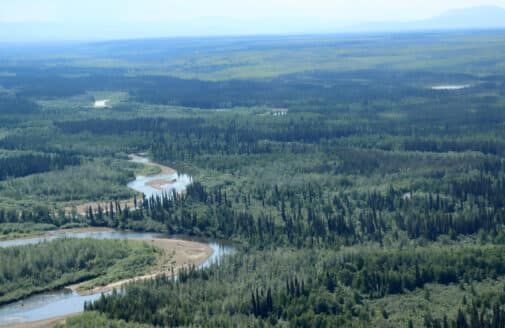Checking the pulse of Cape Cod’s rivers
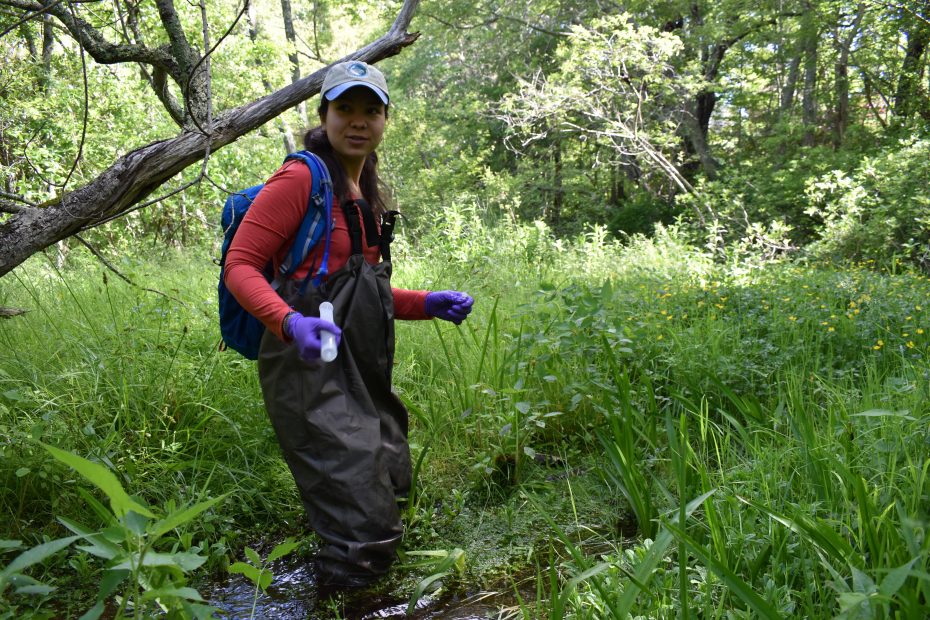
Woodwell Research Assistant Anya Suslova
For many years, Woodwell Climate’s Deputy Director and Senior Scientist Max Holmes has been interested in rivers and watersheds and the ways in which climate change affects their health. He has spearheaded long-running projects to study rivers in the Arctic—the Arctic Great Rivers Observatory (Arctic GRO) project—as well as the world’s largest rivers through the Global Rivers Observatory (GRO).
Last year, Dr. Holmes initiated a study of rivers close to home with the Cape Cod Rivers Observatory. Applying methods that he has used on large rivers around the world, Holmes is investigating the chemistry of six rivers in order to track the health of the rivers and their watersheds. Holmes works closely with Rob Stenson, a member of the Woodwell Climate Research Center President’s Council and a volunteer on the project. Stenson goes out once each week to collect samples from the six rivers and brings them to Woodwell Climate’s laboratory for analysis.
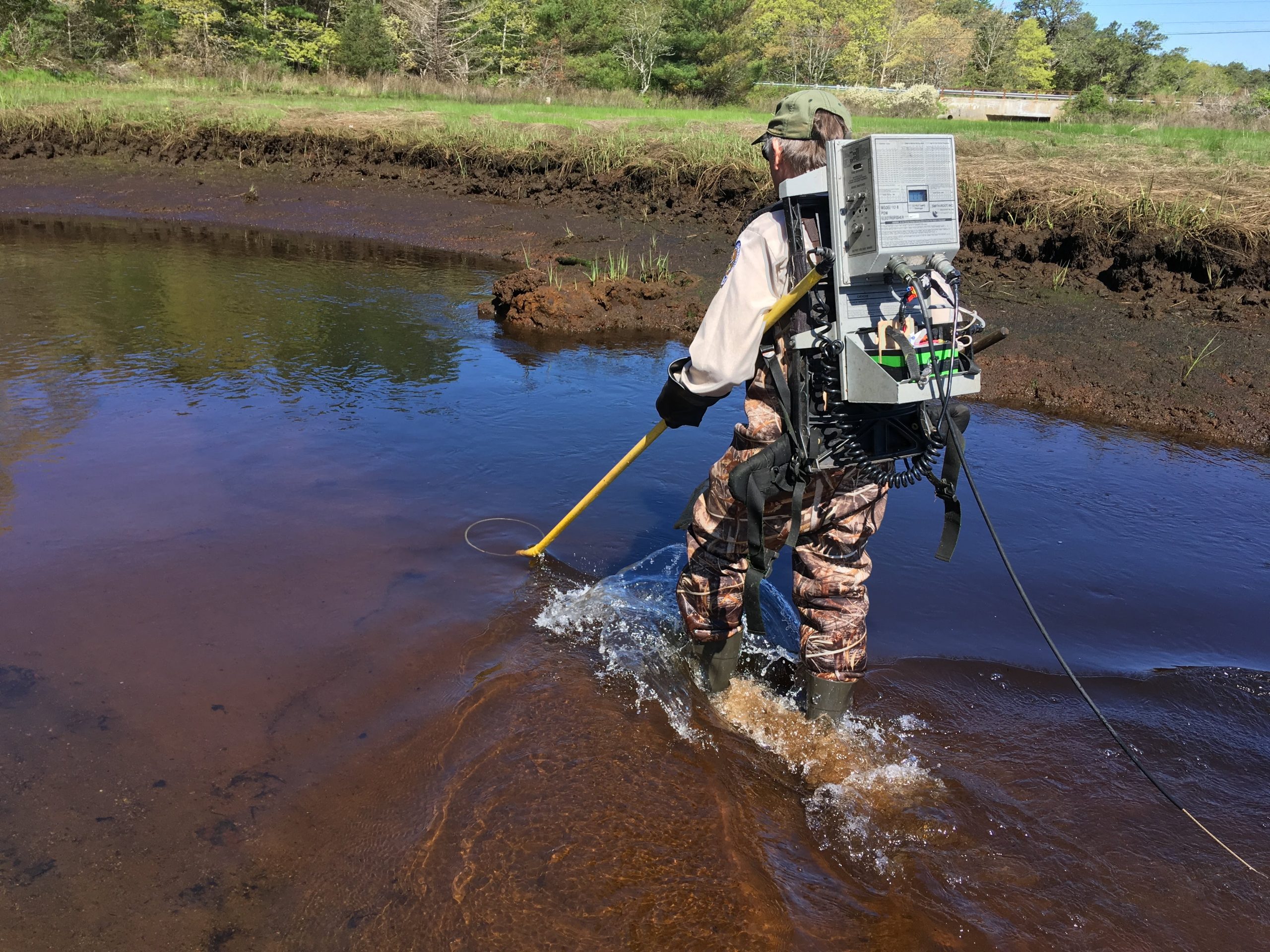
Steve Hurley, MassWildlife Southeast District Fisheries Manager
The study examines the Santuit River, Masphee River, Quashnet River, Coonamessett River, Herring Brook, and Red Brook. Analyses of water samples, showing chemical composition and temperature, are updated on the project website.
“I’m a volunteer citizen scientist, and it is a real joy to get out there and contribute to solving the pressing issues of climate change,” Stenson said. “The weather is my only real drawback, ice and snow in winter. I had to snowshoe into Red Brook once this past winter. But Red Brook is my favorite river to sample as I often see osprey, deer, and wood ducks.”
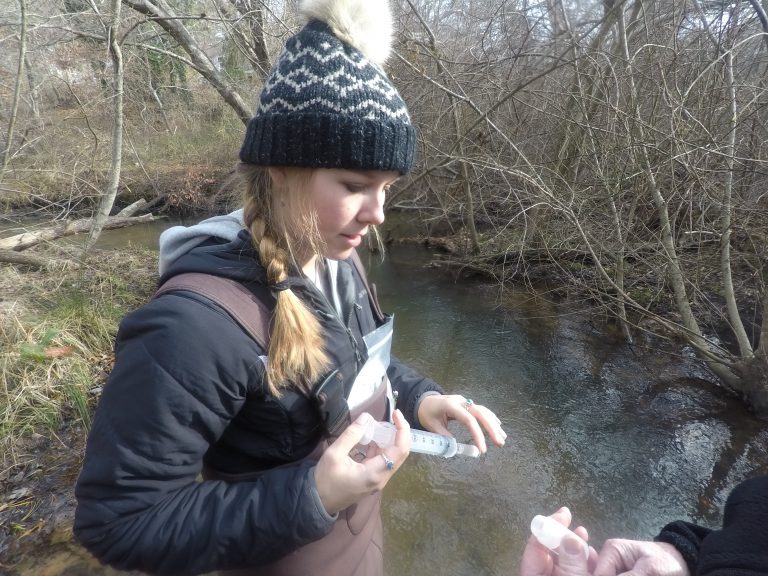
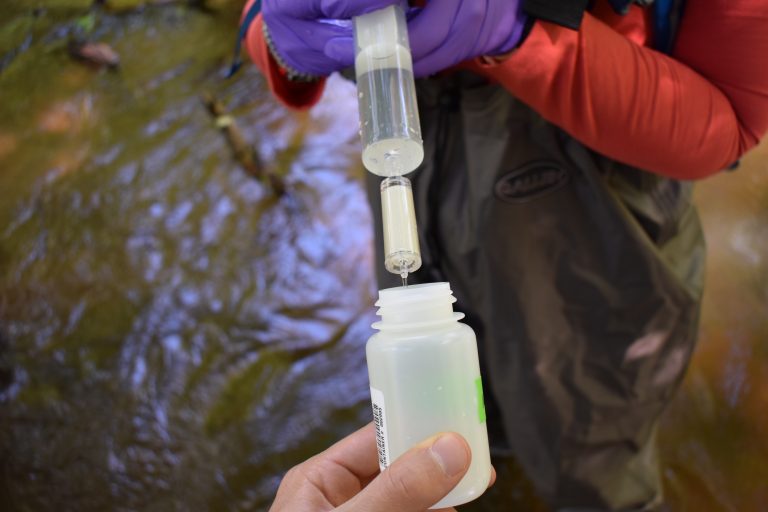
Sampling Santuit River water
The Cape Cod Rivers Observatory team also includes Senior Geospatial Analyst Greg Fiske and Research Assistant Anya Suslova.
“We’ve been looking at the world’s big rivers,” said Holmes, “and we’ve been ignoring rivers in our own back yard.” He hopes that as the project continues it will pique the interest not only of scientists, but also of students and the general public.
Stenson also said that he hopes the research can help raise awareness of environmental health issues. “We have only been at this for a year but we have amassed quite a large data base to work from,” Stenson said. “I believe we will have a much more complete understanding of nitrogen loading and the profound effect that that has on our rivers and their watersheds.”
Since its founding in May 2017, the Cape Cod Rivers Observatory has undertaken new initiatives and expanded its reach. CCRO currently has a proposal pending, which if funded would establish real-time river discharge monitoring on the Mashpee and Childs rivers. The team is now sampling 9 locations every 2 weeks on the Childs River, in anticipation of a major river restoration project aimed at improving conditions for native brook trout. CCRO also provides updated data weekly that is freely available to the public found here.
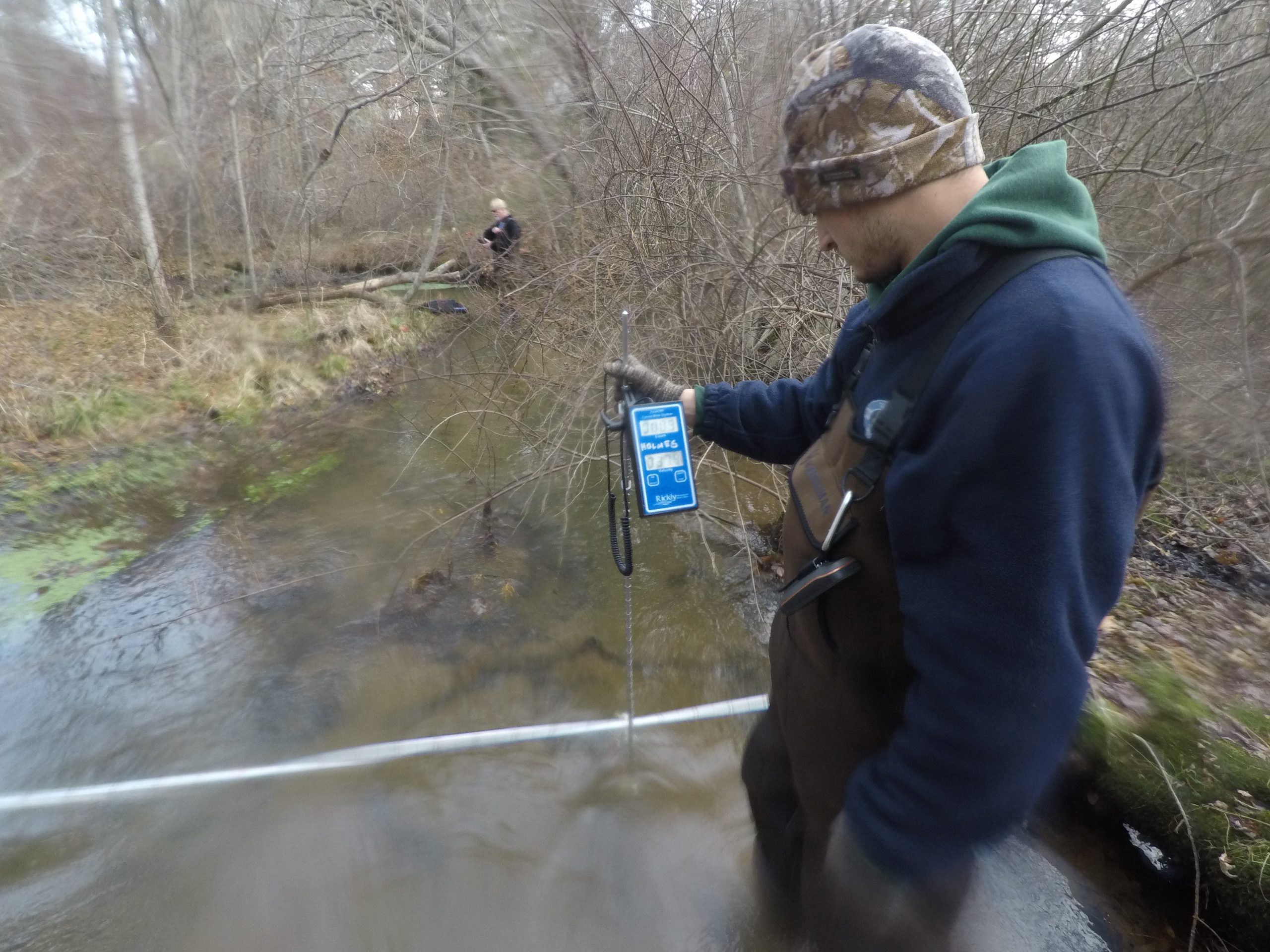
Sampling Santuit River water
About CCRO
Everyone knows about Cape Cod’s magnificent beaches, estuaries, and ocean. But Cape Cod also has critically important rivers that support spectacular and threatened biodiversity, and serve as sentinels of the health of their watersheds. The Cape Cod Rivers Observatory, an initiative of the Woodwell Climate Research Center, focuses world-class river science on these hidden treasures. We currently sample nine rivers each week, contributing essential water quality data that help protect and restore these marvelous and under-appreciated ecosystems and the estuaries into which they flow. Whether you are concerned about nitrogen pollution in Cape Cod estuaries or are passionate about protecting the rare sea run brook trout that inhabit some of these streams, the Cape Cod Rivers Observatory is here to help.
The CCRO is funded in part by MF Bartol Charitable Giving Fund and the Harbourton Foundation.
Latest in Water
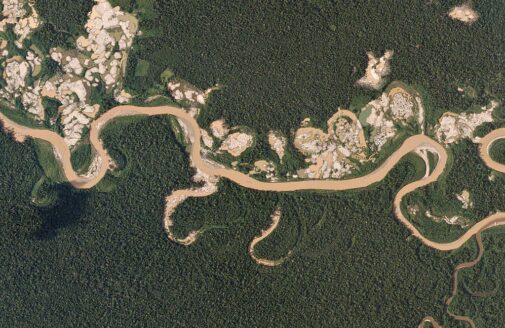
- In The News
Gold mining causes long-lasting damage in the Amazon rainforest
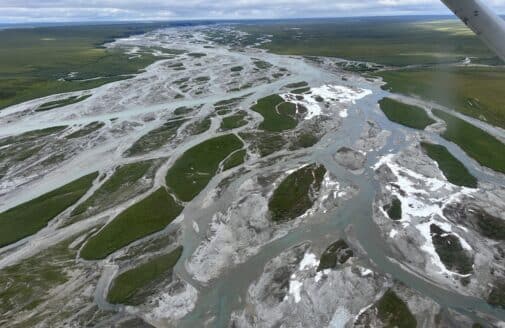
- In The News




